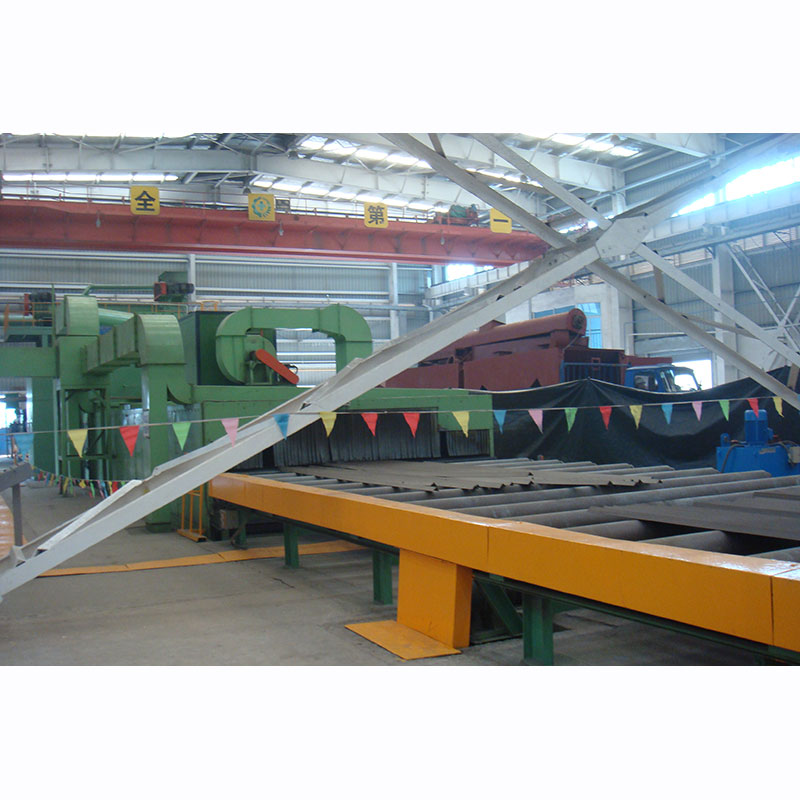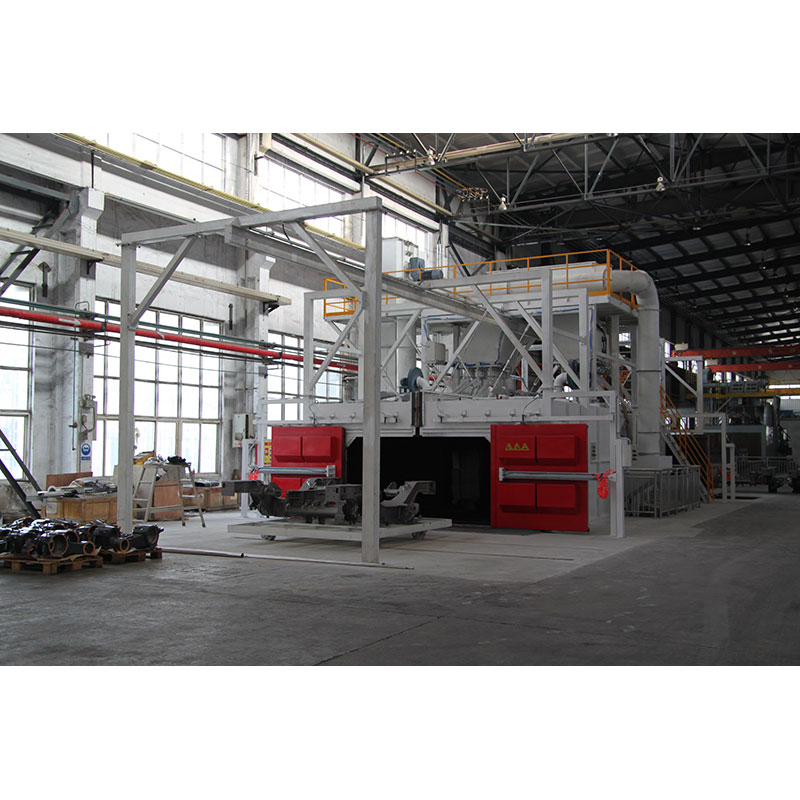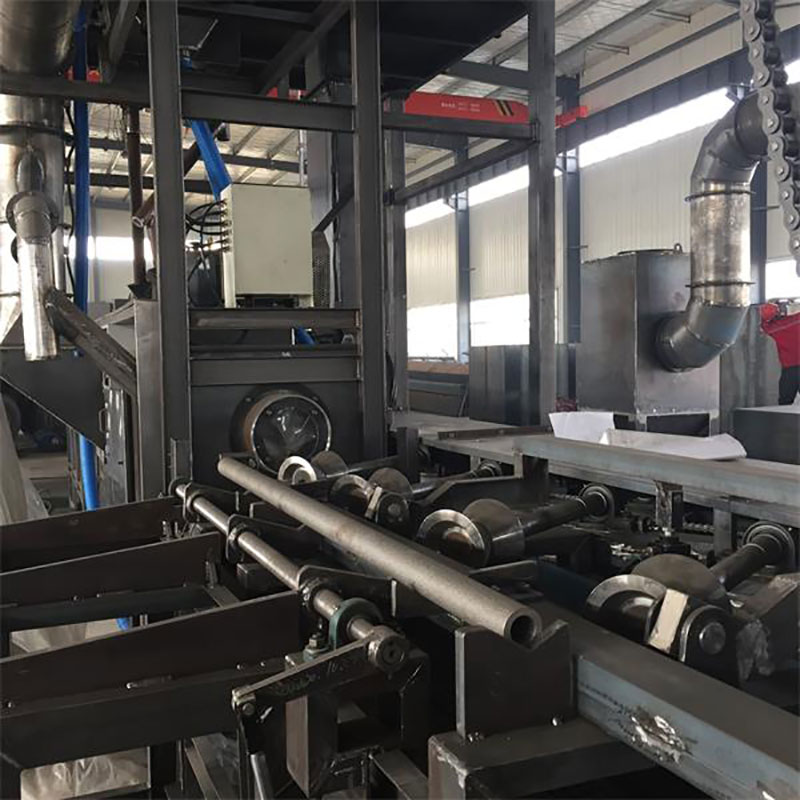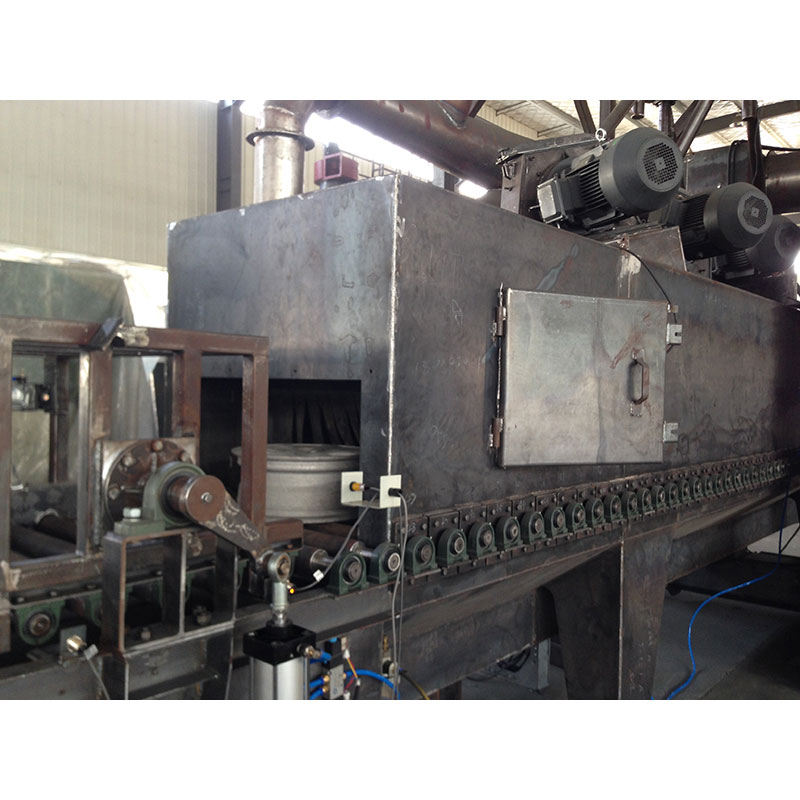Shot blasting and shot peening are both processes used in surface treatment, particularly in the preparation of materials or components. While they share similarities, they serve different purposes and have distinct effects on the material being processed.
Shot blasting is primarily used for cleaning, roughening, or preparing a surface for further treatment, such as painting, coating, or bonding. It's also used for removing rust, scale, contaminants, and old coatings from surfaces.
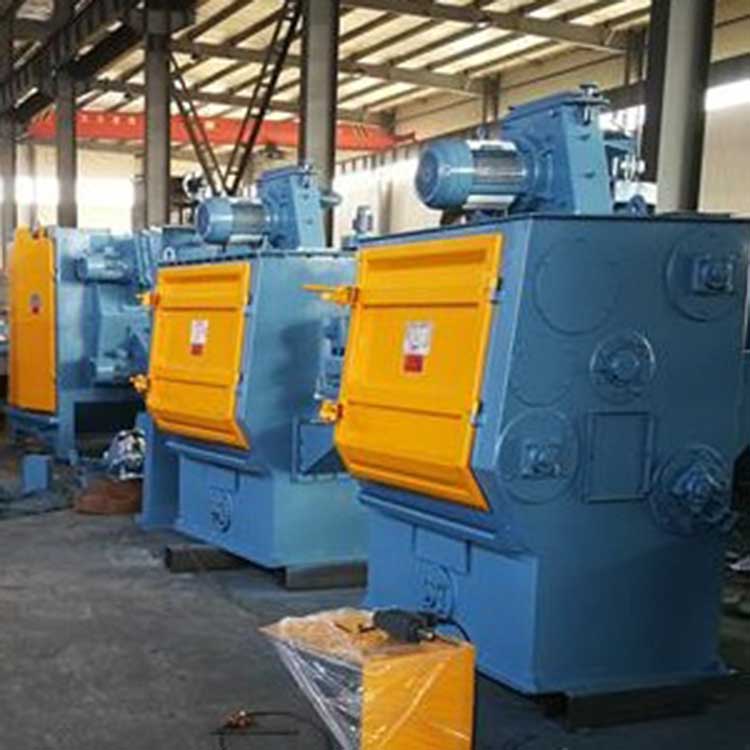
In shot blasting, abrasive particles (often steel shots, sand, or other abrasives) are propelled at high velocity onto the surface being treated using compressed air or centrifugal force. This impact removes surface contaminants and imparts a textured or roughened finish to the surface.
The surface becomes clean, and its profile is altered to improve adhesion of coatings or subsequent processes.
Shot Peening:
Shot peening is mainly used to strengthen or improve the fatigue life of metallic components by inducing compressive residual stresses in the material's surface.
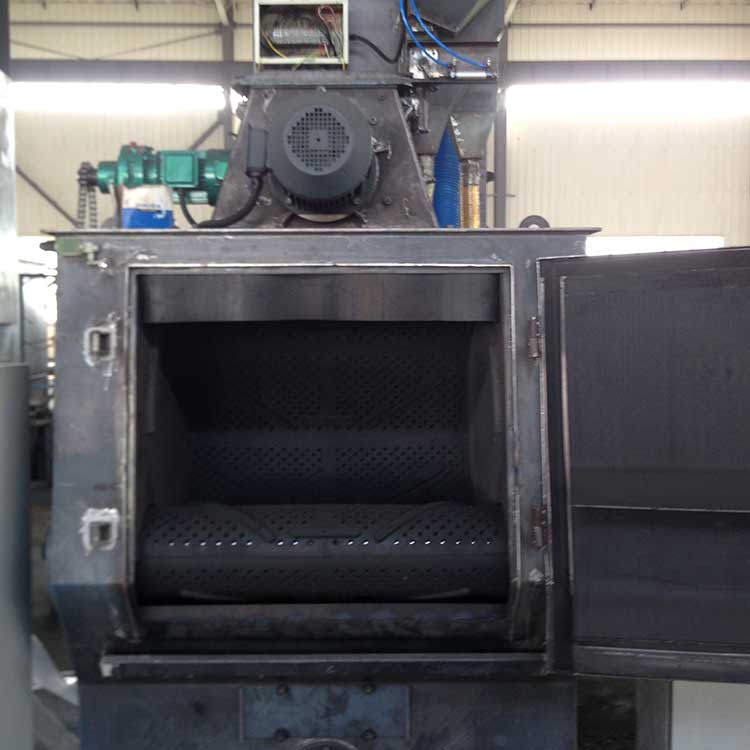
Shot peening also involves propelling small, spherical media (shot) at high velocity onto the surface of the material. However, unlike shot blasting, shot peening uses smaller shot particles and aims to deform the material surface plastically rather than removing material.
The repeated impacts of the shot create a uniform dimpled surface on the material, inducing compressive stresses in the surface layer. These compressive stresses counteract tensile stresses that can lead to cracking, thereby increasing the fatigue life and durability of the component.
In summary, shot blasting is primarily used for cleaning and preparing surfaces, while shot peening is focused on enhancing the mechanical properties of materials, particularly their resistance to fatigue and stress-related failures. Both processes involve propelling abrasive particles at high velocity, but they differ in their objectives and the effects they have on the material being treated.
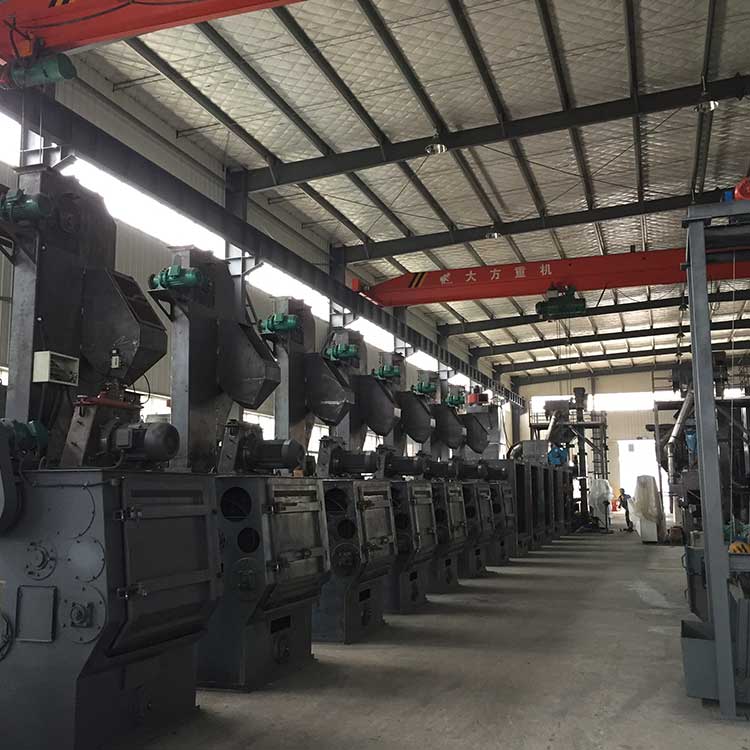
 English
English  Español
Español  Português
Português  русский
русский  Français
Français  日本語
日本語  Deutsch
Deutsch  tiếng Việt
tiếng Việt  Italiano
Italiano  Nederlands
Nederlands  ภาษาไทย
ภาษาไทย  Polski
Polski  한국어
한국어  Svenska
Svenska  magyar
magyar  Malay
Malay  বাংলা ভাষার
বাংলা ভাষার  Dansk
Dansk  Suomi
Suomi  हिन्दी
हिन्दी  Pilipino
Pilipino  Türkçe
Türkçe  Gaeilge
Gaeilge  العربية
العربية  Indonesia
Indonesia  Norsk
Norsk  تمل
تمل  český
český  ελληνικά
ελληνικά  український
український  Javanese
Javanese  فارسی
فارسی  தமிழ்
தமிழ்  తెలుగు
తెలుగు  नेपाली
नेपाली  Burmese
Burmese  български
български  ລາວ
ລາວ  Latine
Latine  Қазақша
Қазақша  Euskal
Euskal  Azərbaycan
Azərbaycan  Slovenský jazyk
Slovenský jazyk  Македонски
Македонски  Lietuvos
Lietuvos  Eesti Keel
Eesti Keel  Română
Română  Slovenski
Slovenski  मराठी
मराठी  Srpski језик
Srpski језик 

